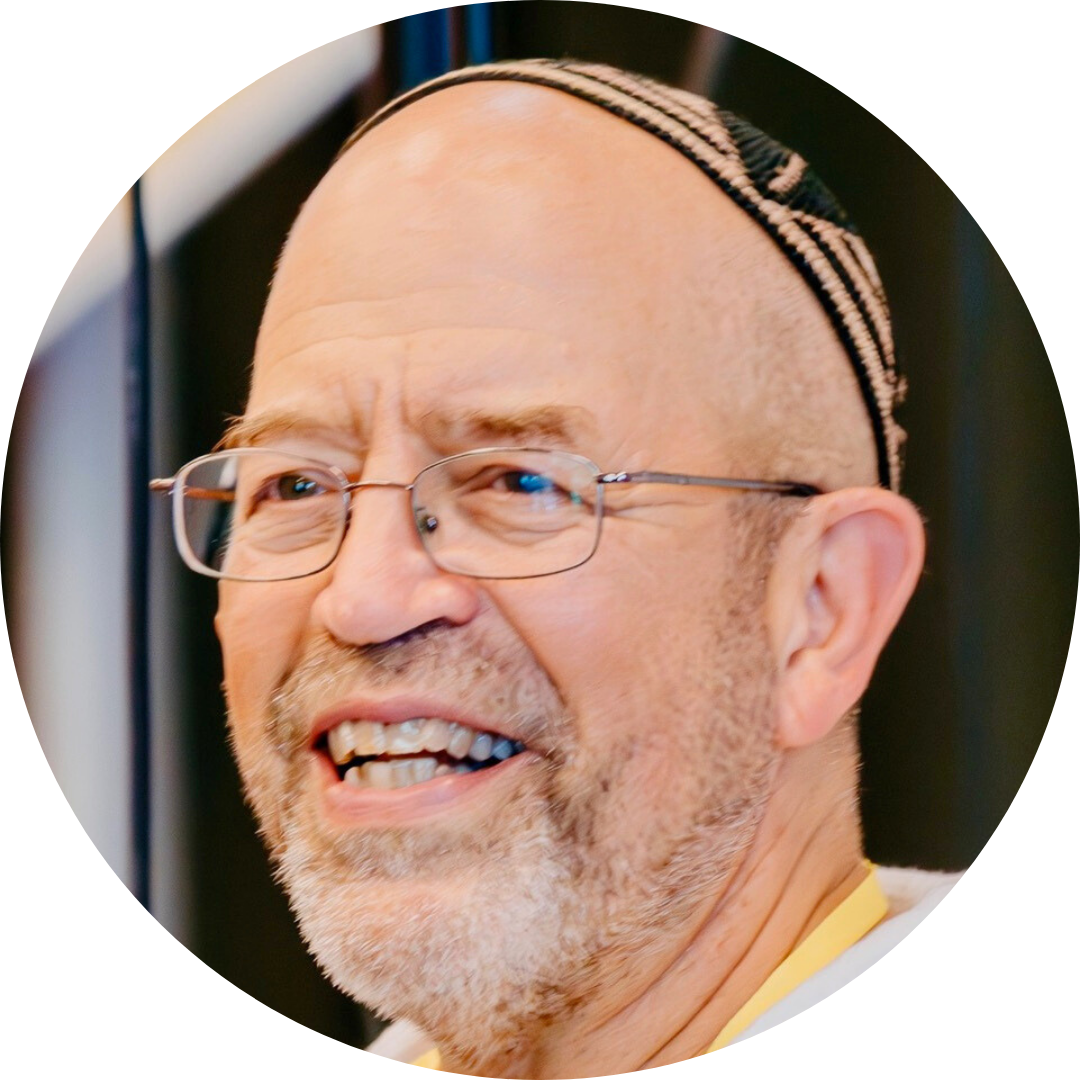Arur makeh re’ehu ba’sateir – v’amar kol ha’am “Amen”
אָר֕וּר מַכֵּ֥ה רֵעֵ֖הוּ בַּסָּ֑תֶר וְאָמַ֥ר כָּל־הָעָ֖ם אָמֵֽן׃
Cursed be the one who strikes down their fellow in secret – and all the people shall say, “Amen.” (Deuteronomy 27:24)
In Ki Tavo, Moses instructs the Children of Israel in the details of some rituals that they are to perform once they have entered the land. Chapter 27 describes a communal reaffirmation of the covenant that the twelve tribes are to undertake. They are to gather in the northern city of Shechem, where Jacob had settled long ago. Shechem sits in a valley between two hills, Mount Ebal and Mount Gerizim. Six tribes are to gather on the slopes of Ebal, and six on the slopes of Gerizim. The Levites are to build an altar, and erect plastered pillars on which the words of the Torah will be inscribed. The Levites shall then proclaim in a loud voice a series of curses that will befall the people if they do not uphold the covenant, and a series of blessings that will accrue to them if they obey.
Some readers might notice how anomalous this description is from many other passages in the Torah. For example, didn’t the Children of Israel already have tablets inscribed with the Torah? Why did they now need plastered pillars? And what are they doing on the sacred mountains in Shechem? Will not Jerusalem be the eternal center of the covenant? These and many other inconsistencies in the Torah lead scholars to theorize about the differing traditions of the northern and southern tribes of Israel – the northern tribes with their center and holy mountain in Shechem, and the southern tribes with their center and holy mountain in Jerusalem. These competing traditions were ultimately woven together in the final version of the Torah that we hold today.
That said, I wish to focus on the dramatic ritual itself. The twelve tribes are arrayed on opposite slopes, and the Levites proclaim twelve prohibitions, followed by a communal “Amen”. The number twelve would appear to parallel the number of tribes, and continue the symmetry of the entire description, but as I read the passage I asked myself, out of all the mitzvot in the Torah, why are these twelve placed together here?
Listen to the prohibitions:
27:15) Cursed be anyone who makes a graven image, and sets it up in secret – and all the people shall respond, “Amen”.
16) Cursed be the one who insults father or mother – and all the people shall respond, “Amen”.
17) Cursed be the one who moves a neighbor’s landmark – and all the people shall respond, “Amen”.
18) Cursed be the one who misdirects a blind person on the way – and all the people shall respond, “Amen”.
19) Cursed be the one who subverts the rights of the stranger, the orphan and the widow – and all the people shall respond, “Amen”.
Then follow several prohibitions against incestuous relationships, followed by
24) Cursed be the one who strikes down a fellow in secret – and all the people shall respond, “Amen”.
25) Cursed be the one who accepts a bribe in the case of the murder of an innocent person – and all the people shall respond, “Amen”.
26) Cursed be whoever will not uphold the terms of this Teaching and observe them – and all the people shall respond, “Amen”.
Upon my first reading, this collection of “Thou Shalt Not’s” appeared random. But then I noticed a common thread: all of these transgressions can be performed in secret. Each one is something a person could get away with: Hiding a graven image, murdering someone in a dark alley, taking money under the table, engaging in illicit sex, misdirecting a blind person, moving a landmark in the dark of night…who will ever know?
It appears the Children of Israel are being directed here to affirm a higher level of moral responsibility. They are being asked to become people of conscience. One level of moral decision-making is based on what would happen to you if you got caught. You don’t want to look bad. You don’t want to be punished or shamed or ruin your reputation, so you avoid transgression. This external focus is important, especially when it reinforces upright behavior. But an ethically mature person has internalized that witness. That person no longer determines his or her behavior on whether someone else is watching, because the ethically mature person is already and always watching him or herself, and assessing the rightness of the action at hand.
I think that upon Mount Ebal and Mount Gerizim the Children of Israel are being recruited into a higher and more mature level of moral behavior. As they enter the Promised Land, they will not be able to build a trustworthy community unless each one of them is able to monitor their own moral choices. Each person must carry a witness within, and take responsibility for his or her own actions whether or not anyone else will ever know.
This is a timely teaching as the High Holy Days approach. We are each called upon to do a cheshbon nefesh, a rigorous self-accounting at this time of year. We are asked to assess whether we have harmed anyone, whether we need to make amends and offer apologies to others whose lives we have touched. Let’s not separate our account sheet between overt and hidden transgressions. I believe our Torah portion is reminding us that, for a person of conscience, there are no hidden transgressions, since we ourselves are doing our utmost to be honest witnesses of our own behavior, and to hold ourselves to a high standard. Amen to that!








